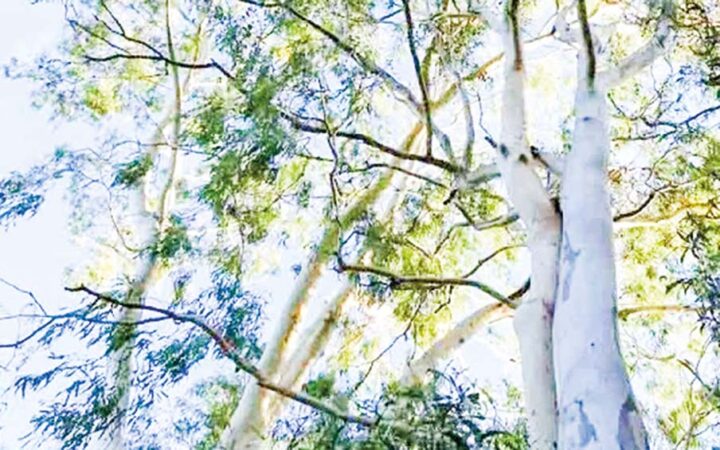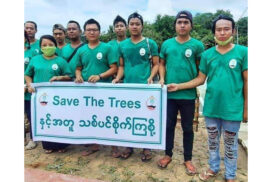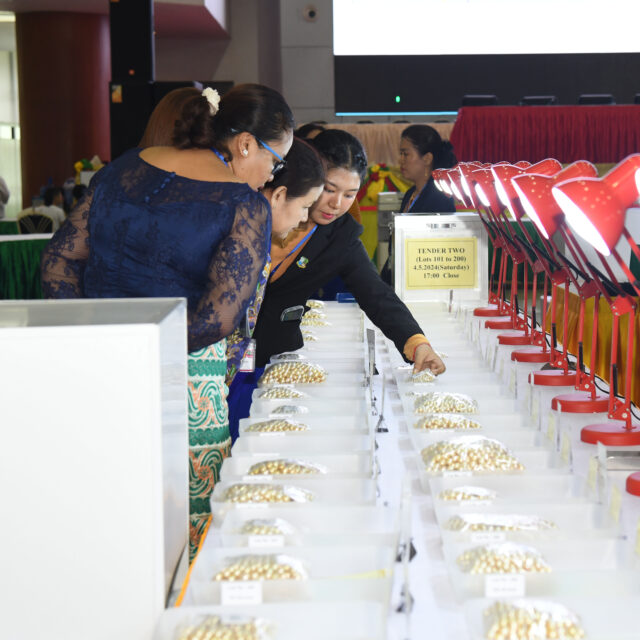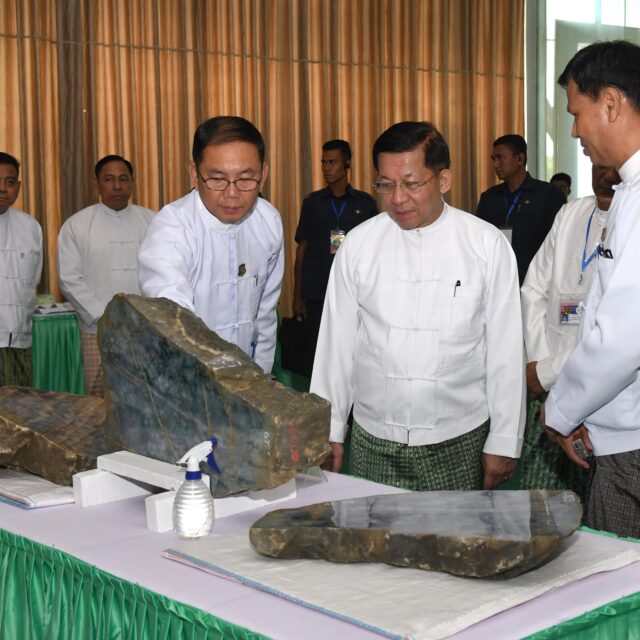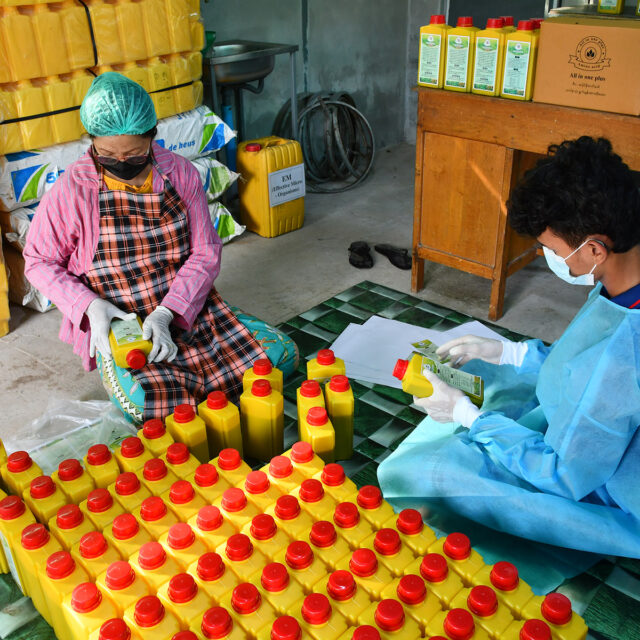The water starts to dry up and the soil is dry and cracked in the oasis of the centre of Myanmar PyinOoLwin and Shan hill regions.
The environmentalists amplify their voices concerning the solution to a drought that might occur in the PyinOoLwin and Shan plateau region and are considering how this issue is likely to become much worse.
Then, they find out that the root of the problem is Eucalyptus, that are much faster growing than most other trees in cultivation. Environmentalist U Sithu Lwin claimed that the main reason water is drying up in PyinOoLwin and Shan plateau region is the Eucalyptus monoculture.
Thirsty tree (or) Eucalyptus tree
The Eucalyptus trees are growing much faster than most other trees in cultivation. They can be used as raw materials in the production of marine paint, paper and wood veneer. The Eucalyptus can be supplied quickly so they are grown most. The disadvantage of the Eucalyptus tree is that it can absorb a lot of water up to eight feet below its roots just in a second. That can dry up the lakes and streams and lead to lower groundwater levels. These trees quickly absorb water from the soil, leaving other plants thirsty and malnourished. They also absorb the soil fertilizer and mineral elements. They emit toxic and the leaves that do not easily wilt produce heat. Therefore, other plants under or around the Eucalyptus trees cannot survive. The trees are not shady and are highly flammable species so they are very harmful to the environment, said the environmentalists.
Abandoned land
Dr Kyaw Than Tun, an environmentalist, pointed out that the real culprit that will dry up the fertile soil in PyinOoLwin and the Shan highlands, which rely only on fresh groundwater, is the presence of a single ring of Eucalyptus trees.
In addition, in the tropical zones such as central Myanmar and mountainous areas, the thirsty tree is very dangerous because of its excessive water absorption and heavy use of fertilizers and soil, and it can affect drought-tolerant Thanaka and palm trees in tropical regions in the middle parts of Myanmar and also tea, mulberry and silkworm farming industry in hilly regions.
The regions where the Eucalyptus trees are grown face water shortage, desert and Ecosystem changes so they should not be grown in dry and arid areas and hilly regions of the country, said the agriculturalists.
Paradise of thirsty trees
In reality, the Eucalyptus trees and forests should be established just in the low-lying areas and flood-prone areas to help retain water. If they are planted in the lower parts of Myanmar such as the Ayeyawady Region, Rakhine State and Taninthayi Region which face floods yearly, these areas will become paradise for these thirsty trees, said the environmentalists.
Therefore, the environmentalists and researchers suggested that it is no longer suitable to grow Eucalyptus trees that highly absorb water and salts in hilly regions and water-stressed areas. Today, freshwater is scarce in the world, and it should put these thirsty trees in suitable places to prevent flooding in a world where natural disasters are on the rise.
Translated — KTZH

